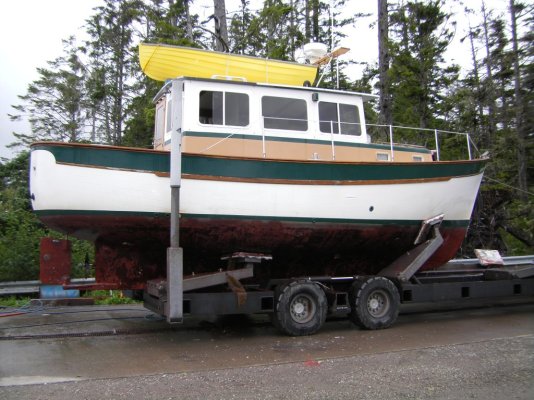Tom.B
Moderator Emeritus
- Joined
- Jul 30, 2009
- Messages
- 5,839
- Location
- USA
- Vessel Name
- Skinny Dippin'
- Vessel Make
- Navigator 4200 Classic
Can slime on the bottom slow you down?
I have lost a couple-hundred rpms and thought it was the fuel filter... It appears not to be the case. I know the bottom is getting some growth since the haul-out in December. Could that be the culpret?
Thanks!
I have lost a couple-hundred rpms and thought it was the fuel filter... It appears not to be the case. I know the bottom is getting some growth since the haul-out in December. Could that be the culpret?
Thanks!

